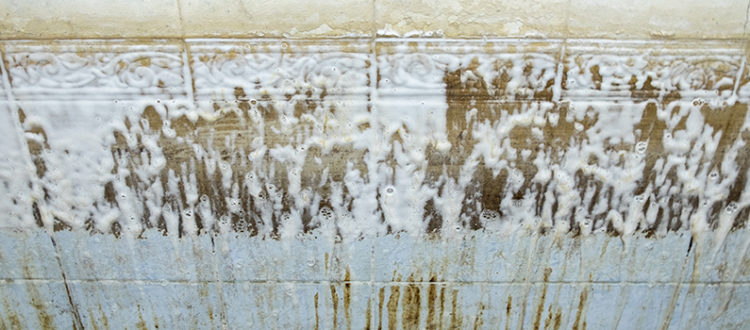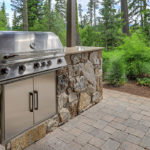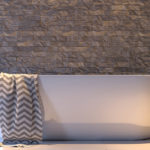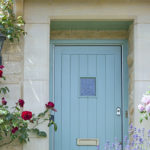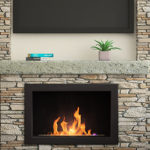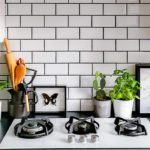Restoring Limestone, Removing Mildew and Mold
Removing Mold, Mildew, and Algae from Limestone
Limestone is a popular natural stone used for a variety of home accents, including tiled floors, countertops, and exterior design features. It’s chosen for its durability and long-lasting beauty, but what happens when your stone becomes dirty with mold, mildew, or algae? These afflictions are not only unsightly, but they can damage stone over time. They appear most often on the exterior stone of patios, especially under potted plants and around columns. Mold and mildew are also common in any interior stone that is constantly exposed to water, like bathrooms and kitchens. When your limestone collects grime, you can’t simply clean the surface. It’s vital for the longevity of the stone that a deep clean kills and removes any mold, mildew, or algae for good.
Scrubbing Your Limestone Clean
Begin your limestone cleaning process by sweeping away any surface dirt and debris. Fetch a bucket of warm water. You can either add a cleaning solution to the water for a gentler cleaner, or use a solution directly on stone as per the manufacturer’s instructions.
Choosing a Limestone Cleaning Solution
Choosing the proper limestone solution is vital for maintaining its pristine appearance. Avoid extremely acidic products unless you are a professional and experienced cleaner with a firm understanding of how to treat stone with more harsh solvents. Instead, opt for solvent-free products that work on the multiple layers of scum build-up. Alkaline cleaners are great because they have active compounds that tend to thoroughly remove any grime on natural stone. Be sure to take care when applying these solutions, as they can affect other surrounding materials. Keep cleaning solutions away from any other household items, outdoor plants, and things made of wood, especially if it’s a solution designed to kill algae and mildew.
Smoothing Down Limestone
During a harsher cleaning, limestone’s surface may become etched. Sometimes this damage is visible, but more often it is minimal or even microscopic. Burnishing pads can be helpful in buffing the surface and restoring it to have a smooth, even appearance.
Drying Interior Limestone
For interior limestone, it may be necessary to dry limestone. Use a heat gun and gently dry the tiles. Check the moisture periodically by using a damp meter, and stop applying heat once the stone is dry all the way through. This is less necessary for exterior limestone, though cleaning should be saved for a warm and sunny day for proper drying.
Sealing and Protecting Your Limestone
Sealers are used to protect the newly cleaned and buffed surface of your limestone. Use your sealer’s provided directions to apply it. Intensifying sealers can be especially great, and add an extra layer of protection to stone while still giving it room to breathe. Some sealers even bring out the color of your stone!
Preparing for Future Cleanings
Going forward, schedule times to clean and treat your stone. For materials like these, it’s best to do the upkeep required on a more regular basis. When you wait for your stone’s mold, mildew, and algae to build, harsher solutions that erode stone may be necessary. As for more solutions you can use more frequently, choose gentle cleaners with neutral pHs that are designed for sealed surfaces.
Impression Loves Limestone
Impression takes pride in creating long-lasting pieces, and we’re happy to provide information on keeping your stunning hand-carved stone features in top condition! Contact us to speak to a professional on restoring your stone, or to begin your home’s stone renovation project today.

